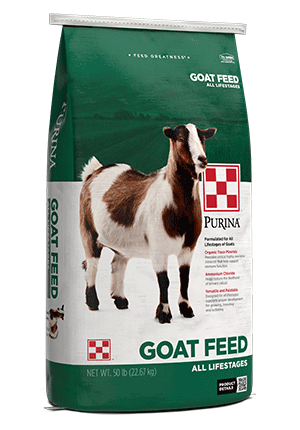
Caprine Arthritis Encephalitis in Goats: A Devastating Disease
Wellness : Health

What causes CAE in goats?
Caprine arthritis-encephalitis (CAE) is now considered one of the most significant diseases affecting the goat industry in the United States. It is caused by a lentivirus, a type of retrovirus, which is a family of pathogens responsible for many immunodeficiency diseases in many species, and most breeds of goats are susceptible. CAE causes multiple diseases in goats: arthritis, pneumonia, mastitis and weight loss in adults, and encephalitis (inflammation of the brain and brain stem) in kids.How is CAE transmitted in goats?
The CAE virus is transmitted naturally in the neonatal period from an infected adult doe to the kid through consumption of colostrum and milk. Transmission from the pregnant doe to the fetus is a possibility, and there is evidence to suggest that CAE can also be transmitted directly from goat to goat, possibly through saliva and nasal secretions. Other suspected routes include urine and feces, semen, milking machines and failure to use clean instruments on each animal for tattooing, vaccinating, drenching, etc.What are the symptoms of CAE in goats?
The encephalitis form of CAE virus is most common in kids 2 to 4 months of age and is characterized by paralysis that may or may not progress to seizures or death. A common symptom of the disease is “head-pressing,” when the animal stands with its head pressed against a wall or other object. The arthritic form is most common and is seen in adult goats 1 to 2 years of age. Affected goats gradually lose weight and develop a poor hair coat and enlarged joints.Early in the course of the disease, affected animals may show progressive and sometimes shifting leg lameness. However, as the disease advances, affected goats may walk on their knees and refuse to rise. A presumptive diagnosis can be made based on the history and clinical findings, taking into consideration the age of the animal and disease pattern. Serological tests are available for diagnosis and screening of herds.
How to manage CAE
There are no known treatments for any of the clinical forms of CAE, and animals will not recover. Animals with mild cases of the arthritic form can be made more comfortable by providing regular, correct hoof trimming, providing easily accessible feed and water, and by long-term veterinary care. Animals with more severe cases should be considered for euthanization. All affected goats may be shedding the virus, and females will undoubtedly pass the disease to their offspring if bred, so serious consideration should be given to any decision to keep infected animals.Before a control program can be instituted, the incidence of infection in the herd should be established using the serological test. If a herd is negative for CAE, it can be kept free of CAE by managing it as a closed herd and only introducing new genetic stock that have been tested free of CAE. Periodic herd testing for CAE should be performed to monitor the herd's status.
In an infected herd, culling should be considered, as it is the only truly effective method of control. Kids should be removed from their dams before they are able to stand and suckle, and should be fed pasteurized goat colostrum and raised on pasteurized milk or milk replacer. Kids should also be kept separate to avoid contact with adults. Avoid densely stocking animals, keep all feed and water sources clean and uncontaminated, and keep premises as dry as possible.
Attention to the details of excellent management will help your herd avoid becoming a victim of CAE.




